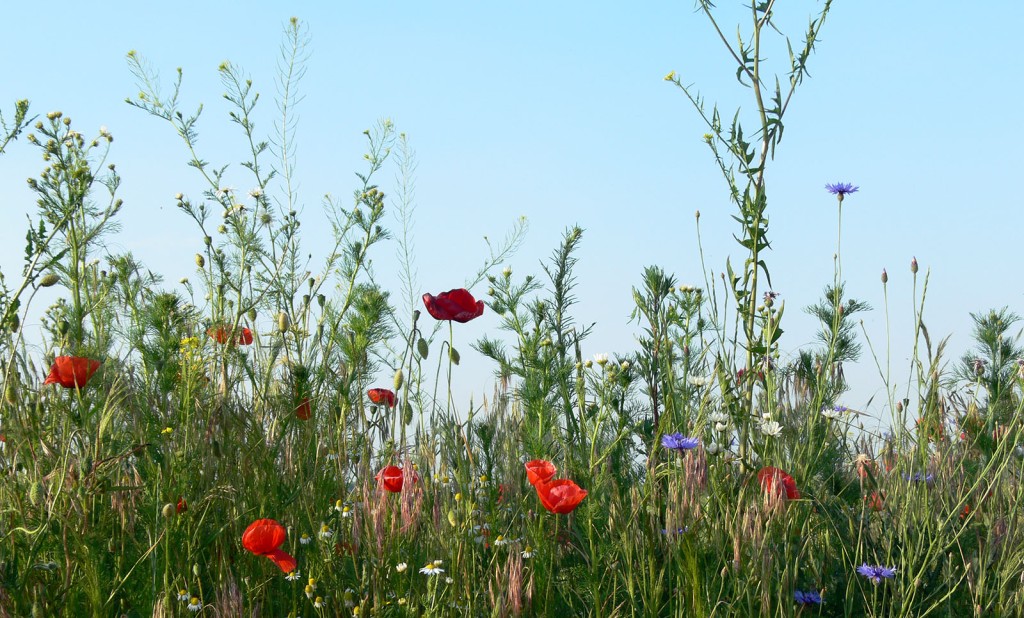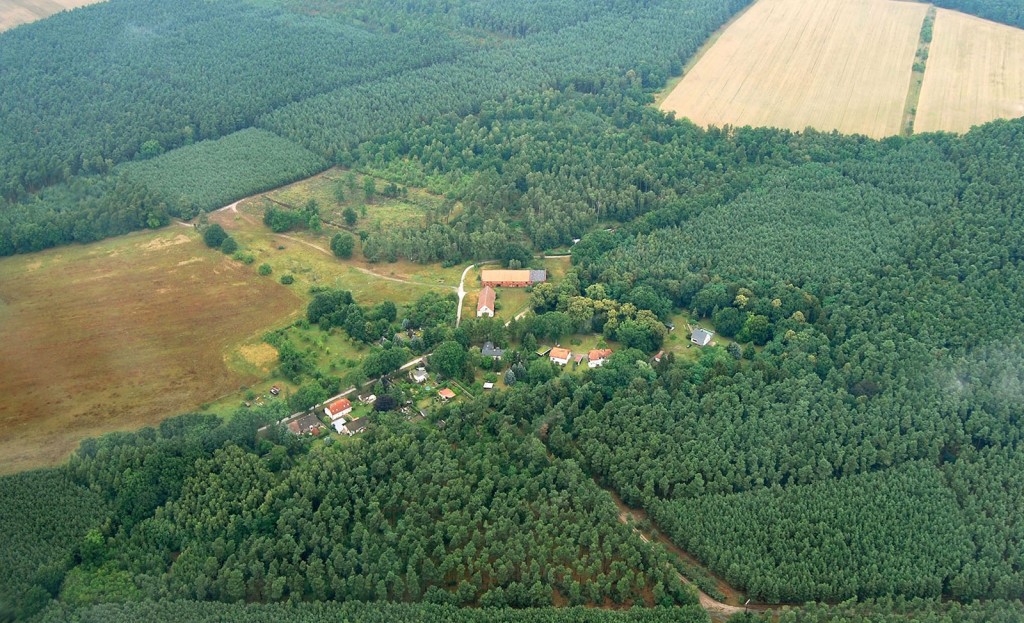Ideal for field studies

In the middle of the Havelland region, with its mixture of water and forest areas as well as numerous protected nature and landscape reserves, the Linde Research Station offers an ideal starting point for scientific field research. Due to low population, there is a high level of biodiversity with various rare and endangered animal and plant species in the plateaus and extensive lowlands of this fascinating terminal moraine landscape. In the immediate vicinity is the Westhavelland Nature Park, which, with an area of 1,315 km², is the largest central European breeding and resting area for waterbirds and waders inland and is one of the last places of refuge for the great bustard (Otis tarda), which is threatened with extinction in Germany.

As is common in Brandenburg, the forest surrounding Linde is dominated by Scots pine (Pinus sylvestris) and will be increasingly mixed with various deciduous tree species in the coming years. Organic farming is also carried out on the agricultural land by an organic farm in the neighborhood. The diverse landscape on and around Linde enables a rich fauna. Plants, lichen and fungi can also be explored here or in the nearby wetlands along the Beetzsee lake chain and the Bagower Bruch nature reserve.
